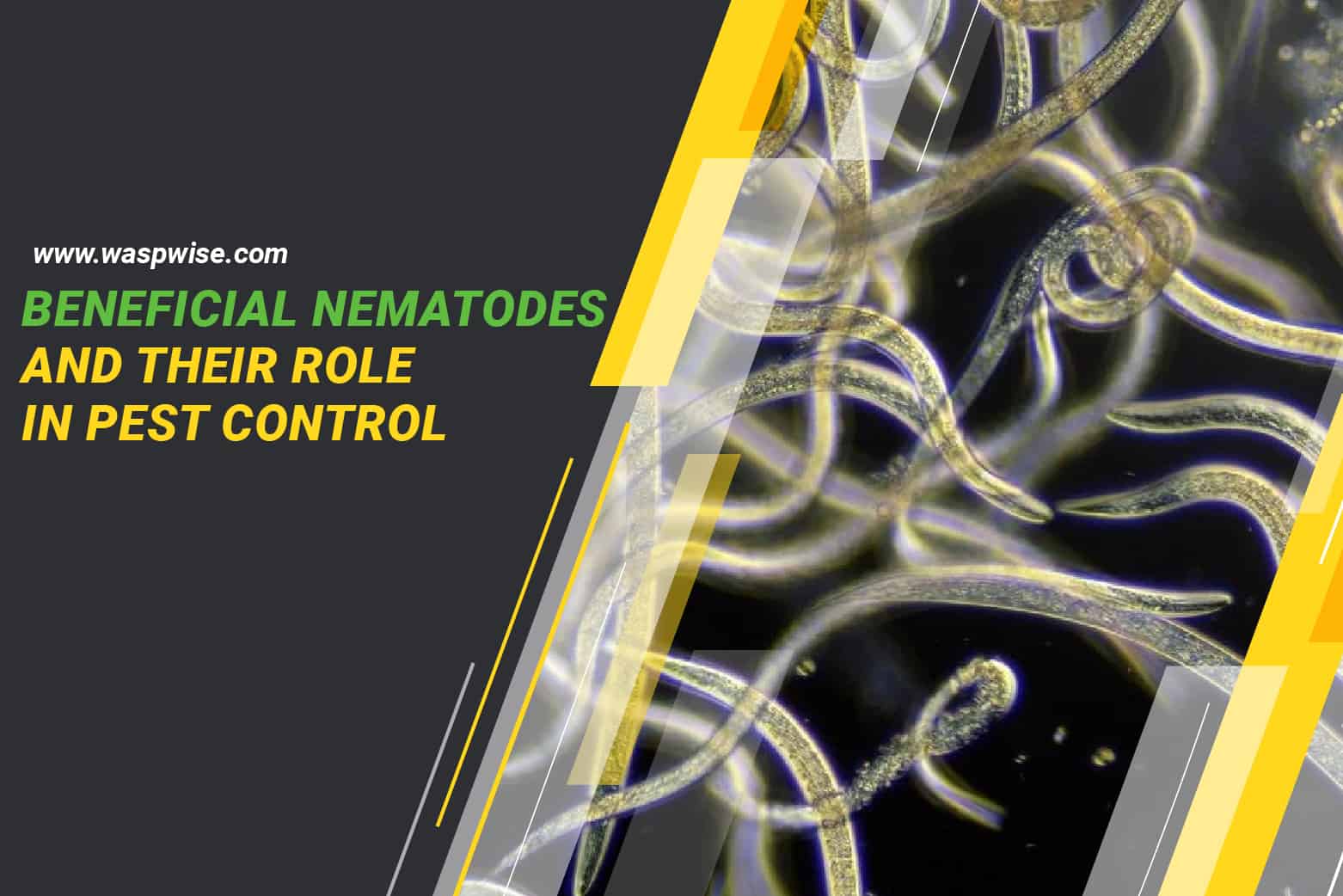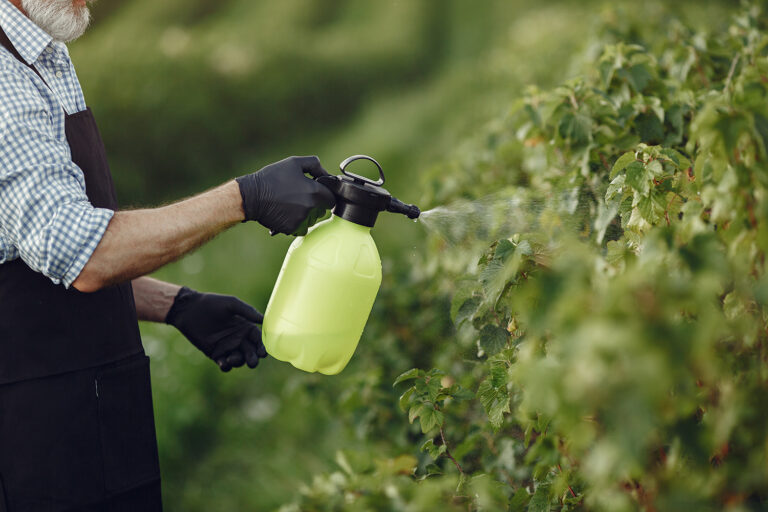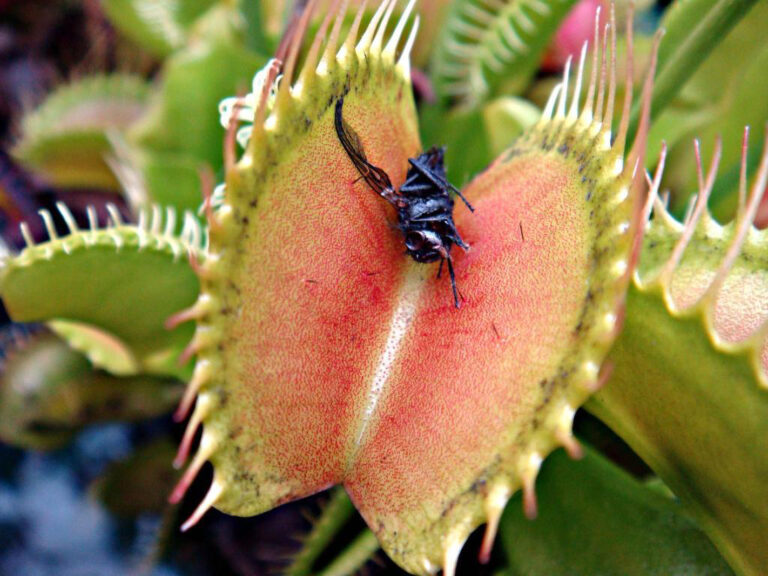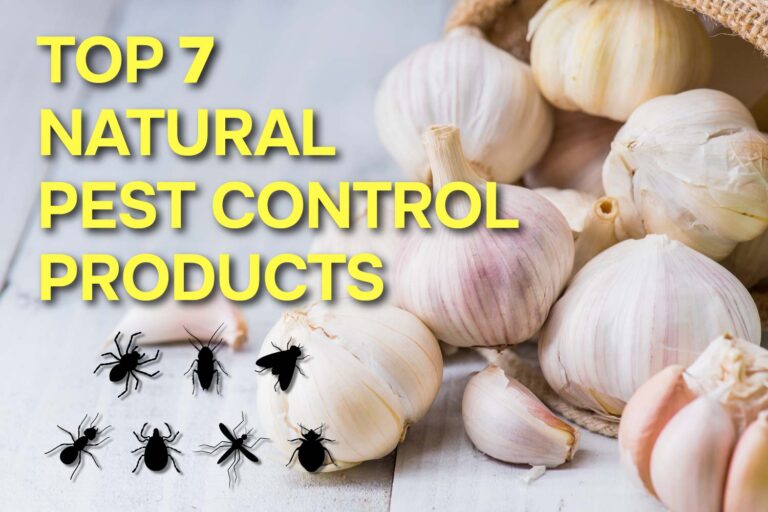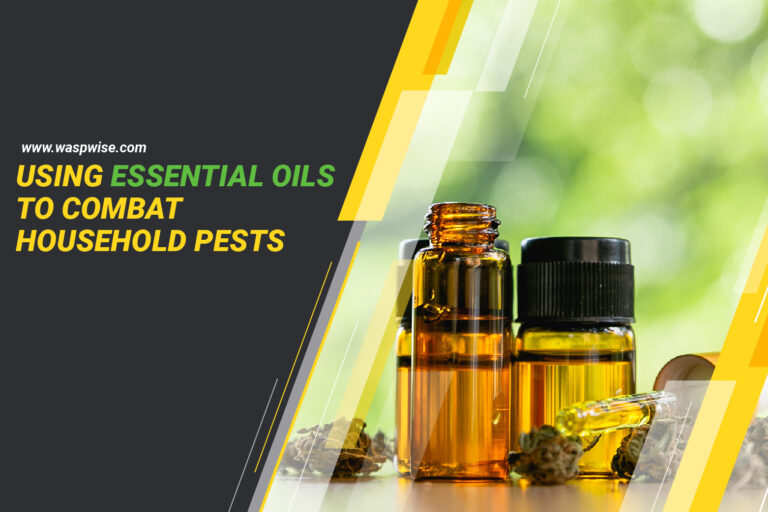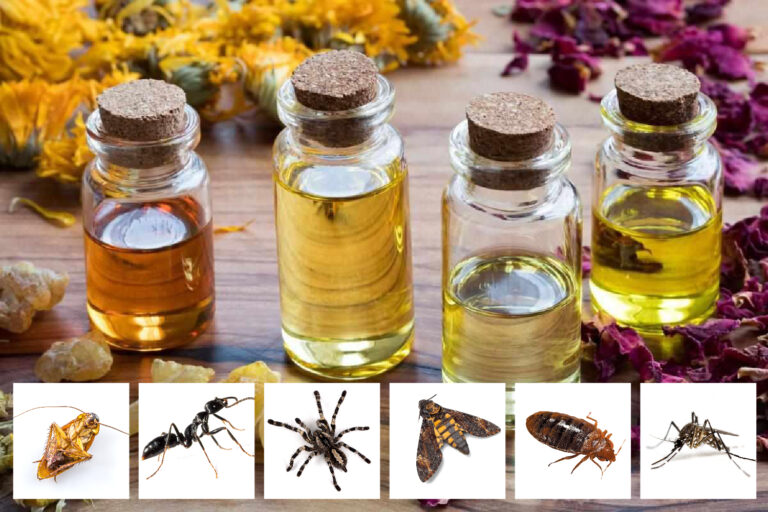UNDERSTANDING BENEFICIAL NEMATODES AND THEIR ROLE IN PEST CONTROL
If you’re looking for an effective and environmentally friendly way to control pests in your garden or lawn, consider using beneficial nematodes. These tiny, worm-like creatures can help control a wide range of pests, from grubs and weevils to fleas and ticks, without the use of harmful chemical pesticides. In this article, we’ll take a closer look at what beneficial nematodes are, how they work, and how you can use them to control pests in your own yard.
WHAT ARE BENEFICIAL NEMATODES?
Beneficial nematodes are microscopic roundworms that are naturally occurring in soil all around the world. They are parasitic to many pest insects and are capable of killing them. There are several species of beneficial nematodes, each with its specific prey, including Steinernema Feltiae, Heterorhabditis Bacteriophora, and Steinernema Carpocapsae. Steinernema Feltiae is particularly effective against small insects like fungus gnats and thrips, while Heterorhabditis Bacteriophora is better suited for larger pests such as grubs and caterpillars. Steinernema Carpocapsae is effective against many pests, including weevils and cutworms.
HOW DO BENEFICIAL NEMATODES WORK?
Beneficial nematodes work by seeking out and infecting their target pests. Beneficial nematodes travel through soil and locate their target pests. Once nematodes enter inside the pest, they release a bacteria that quickly kills the pest. The nematodes then reproduce inside the pest and eventually emerge to seek out new targets. They are most effective against soil-dwelling pests like grubs, weevils, and root maggots, but they can also help control above-ground pests like fleas, ticks, and cutworms.
WHAT TYPES OF PESTS CAN BE CONTROLLED WITH BENEFICIAL NEMATODES?
Beneficial nematodes are used to control a wide range of pests in the garden and lawn. Some of the most common insect pests nematodes kill include:
- Grubs
- Weevils
- Root maggots
- Fleas
- Ticks
- Cutworms
- Armyworms
- Sod webworms
- Billbugs
ARE BENEFICIAL NEMATODES SAFE FOR HUMANS AND PETS?
Yes, beneficial nematodes are completely harmless to humans and pets. They are non-toxic and do not harm people, animals, or beneficial insects like bees and butterflies. They are also safe to use around food crops, making them a great option for organic gardening.
HOW DO I APPLY THE NEMATODES TO MY GARDEN OR LAWN?
Beneficial nematodes can be applied to your garden or lawn using a variety of methods. One of the easiest ways to apply them is to mix them with water and spray the mixture onto the soil using a hose-end sprayer or a watering can. You can also apply them with a backpack sprayer or a specialized nematode applicator. It’s important to follow the manufacturer’s instructions carefully when applying nematodes, as the dosage and application method may vary depending on the species and the size of your lawn or garden.
WHAT ARE THE ADVANTAGES OF USING BENEFICIAL NEMATODES FOR PEST CONTROL OVER CHEMICAL PESTICIDES?
There are several advantages to applying nematodes for pest control over chemical pesticides. First and foremost, nematodes are environmentally friendly and pose no harm to humans, pets, or beneficial insects. They also have a much lower risk of developing resistance in pest populations, which can be a problem with chemical pesticides. Additionally, beneficial nematodes are easy to apply and can be highly effective against a wide range of pests.
HOW LONG DO BENEFICIAL NEMATODES LIVE IN THE SOIL?
The lifespan of beneficial nematodes in the soil can vary depending on a number of factors, including the species of nematode, the temperature and moisture levels of the soil, and the presence of suitable hosts. Nematodes can generally survive in the soil for several months to a year. Steinernema and Heterorhabditis species, two common types of beneficial nematodes, typically have a lifespan of around six months to one year, although this can vary depending on environmental conditions. Proper storage and application of nematodes can also play a role in their lifespan, as exposure to sunlight and extreme temperatures can decrease their survival rates. It is important to follow the manufacturer’s instructions when applying beneficial nematodes to ensure that they are being used properly and effectively.
WHAT ARE THE ADVANTAGES OF USING BENEFICIAL NEMATODES FOR PEST CONTROL OVER CHEMICAL PESTICIDES?
One of the main advantages of using beneficial nematodes for pest control over chemical pesticides is that they are a more natural and eco-friendly solution. Chemical pesticides can be harmful to the environment, as well as to other beneficial insects, such as bees and butterflies. Beneficial nematodes, on the other hand, are not harmful to these insects and are, therefore, a safer option.
Another advantage is that beneficial nematodes can be used against a wide range of pests. Chemical pesticides often only target specific pests, meaning you may need to use multiple products to control all of the pests in your garden. Beneficial nematodes, conversely, can control many types of pests, including grubs, weevils, and cutworms.
WHAT IS THE BEST TIME TO APPLY BENEFICIAL NEMATODES IN YOUR GARDEN?
The best time to apply beneficial nematodes is in the spring or fall, when soil temperatures are between 50°F and 85°F. This is when the pests that nematodes target are most active in the soil. It is important to follow the application instructions carefully, as the timing and method of application can vary depending on the type of nematode and the pest you are trying to control.
DO BENEFICIAL NEMATODES WORK IN ALL TYPES OF SOIL?
Beneficial nematodes can work in a wide range of soil types, including sandy, loamy, and clay soils. However, it is important to make sure that the soil is moist and has a pH level between 6 and 7.5, as nematodes are sensitive to pH and moisture levels.
CAN I USE BENEFICIAL NEMATODES FOR INDOOR PEST CONTROL?
While beneficial nematodes are primarily used for outdoor pest control, they can also be effective for indoor pest control. However, it is important to follow the application instructions carefully and use nematodes specifically designed for indoor use, as different nematodes target different types of pests. In addition, you should make sure to keep the soil moist and avoid overwatering, as nematodes require moisture to survive.
CONCLUSION
Beneficial nematodes are a natural and effective solution for controlling a wide range of garden and lawn pests. By understanding how they work, what pests they can control, and how to apply them, you can take advantage of the many benefits of using nematodes for pest control. So, next time you’re faced with a pest problem, consider using beneficial nematodes as a safe and eco-friendly solution.
FREQUENTLY ASKED QUESTIONS
Are beneficial nematodes harmful to bees and other beneficial insects?
No, beneficial nematodes are not harmful to bees or other beneficial insects.
Can beneficial nematodes be used alongside chemical pesticides?
Generally, it is not recommended to use nematodes alongside chemical pesticides, as the chemicals can kill the nematodes.
How long does it take for beneficial nematodes to control a pest infestation?
The time it takes for beneficial nematodes to control a pest infestation can vary depending on the type of pest and the size of the infestation. In general, it may take several weeks to see results.
Can beneficial nematodes be used in hydroponic systems?
Yes. However, it’s important to note that the use of beneficial nematodes in hydroponic systems should be done with caution, as certain strains may be harmful to plants or incompatible with certain nutrient solutions. It’s best to consult with a hydroponic specialist or a supplier of beneficial nematodes to ensure that the right strain is used for the specific hydroponic system and pest problem.

